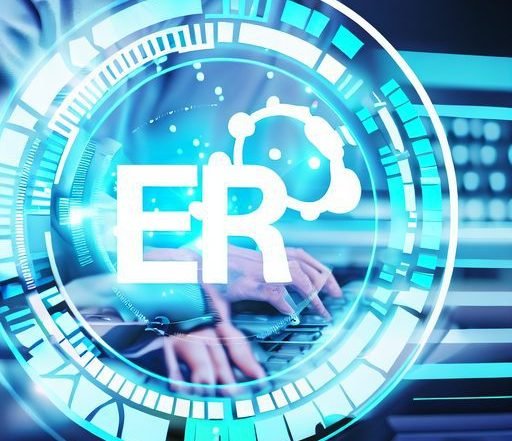When embarking on the journey of implementing an Enterprise Resource Planning (ERP) system, one of the foundational steps is requirements gathering. This process involves identifying, documenting, and prioritizing the needs and expectations of your organization to ensure a successful ERP implementation. In this article, we’ll delve into the crucial aspects of ERP requirements gathering, covering its significance, technical considerations, implementation stages, templates, checklists, and more.
Understanding Requirement Analysis for ERP

Requirement analysis for ERP serves as the cornerstone of a successful implementation. It involves a systematic exploration and documentation of an organization’s current processes, pain points, and future goals. By comprehensively understanding these factors, businesses can tailor their ERP solution to address specific needs. This phase often requires collaboration between cross-functional teams, including IT, finance, operations, and management.
To conduct effective requirement analysis, businesses should follow a structured approach. This involves identifying and categorizing functional and technical requirements, considering scalability, integration capabilities, user experience, and data security. The goal is to create a clear roadmap that aligns the ERP system with the organization’s strategic objectives.
Technical Requirements of ERP Systems
The technical requirements of ERP systems encompass the hardware, software, and infrastructure components necessary for seamless operation. These requirements play a pivotal role in ensuring that the ERP solution functions optimally within the existing IT landscape. Key technical considerations include server specifications, database compatibility, network infrastructure, and user access control.
Scalability is another critical aspect to consider. As businesses grow, their ERP system should have the capacity to accommodate increased data volume and user traffic without compromising performance. Integration capabilities with existing software applications, such as Customer Relationship Management (CRM) or Human Resources Management (HRM) systems, are also vital for streamlining operations.
7 Stages of ERP Implementation
- Preparation: Lay the groundwork by forming an implementation team, defining the project scope, and securing necessary resources.
- Requirement Gathering: Thoroughly document business processes, pain points, and objectives. This phase involves engaging stakeholders, conducting workshops, and using tools like surveys or interviews.
- Solution Design: Based on gathered requirements, design the ERP solution’s architecture, workflows, and user interfaces. Consider customization needs and integration points.
- Development: Build and configure the ERP system according to the design specifications. This stage includes coding, data migration, and setting up test environments.
- Testing: Rigorously test the ERP system for functionality, data accuracy, and user acceptance. Could you identify and resolve any issues before moving forward?
- Training and Change Management: Provide comprehensive training to users and create strategies for managing the organizational changes that the ERP implementation brings.
- Go-Live and Support: Deploy the ERP system, closely monitor its performance, and provide ongoing support. Regularly assess the system’s effectiveness and make necessary adjustments.
ERP Requirements Gathering Template and Checklist
A well-structured ERP requirements-gathering template is essential for a systematic approach. It should encompass sections for business processes, user roles, data requirements, reporting needs, and integration points. Within each section, specific requirements should be outlined, accompanied by their priority level and justification.
An ERP requirements checklist in Excel format can further enhance the organization of gathered data. It enables easy tracking, sorting, and filtering of requirements based on various criteria. The checklist should include columns for requirement description, category, priority, status, and notes.
Creating an Effective ERP Functional Requirements Document
An ERP Functional Requirements Document (FRD) serves as a comprehensive blueprint for the ERP system’s functionalities. It outlines in detail the features, processes, and interactions that the system must support. A sample ERP FRD might include sections on user authentication, data entry, reporting, notifications, and workflow automation. Each requirement should be clearly defined, specifying inputs, outputs, and user interactions.
Understanding ERP System Requirements
ERP system requirements encompass both functional and technical aspects. Functionality requirements relate to the specific capabilities the system must offer, such as financial management, inventory control, or order processing. Technical requirements pertain to the hardware, software, security, and integration prerequisites. Balancing these requirements ensures that the chosen ERP solution aligns with the organization’s needs and capabilities.
Conclusion
In conclusion, ERP requirements gathering is a pivotal step toward a successful ERP implementation. By meticulously analyzing and documenting an organization’s needs and goals, businesses can tailor their ERP solution to drive efficiency, collaboration, and growth. Effective requirement analysis, technical considerations, and a structured implementation process contribute to the realization of ERP’s transformative potential.
Remember, each organization is unique, and a customized approach to ERP requirements gathering is essential. By following best practices and leveraging proven templates, checklists, and documentation methods, businesses can embark on an ERP journey that positions them for sustained success.